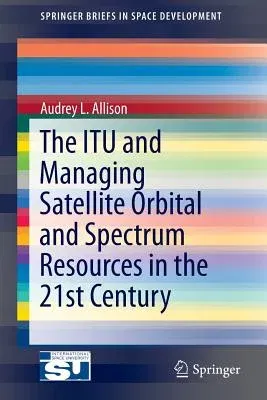Audrey L Allison
(Author)The Itu and Managing Satellite Orbital and Spectrum Resources in the 21st Century (2014)Paperback - 2014, 15 May 2014

Qty
1
Turbo
Ships in 2 - 3 days
In Stock
Free Delivery
Cash on Delivery
15 Days
Free Returns
Secure Checkout

Part of Series
Springerbriefs in Space Development
Print Length
94 pages
Language
English
Publisher
Springer
Date Published
15 May 2014
ISBN-10
3319053132
ISBN-13
9783319053134
Description
Product Details
Author:
Book Edition:
2014
Book Format:
Paperback
Country of Origin:
NL
Date Published:
15 May 2014
Dimensions:
23.39 x
15.6 x
0.56 cm
Genre:
Science/Technology Aspects
ISBN-10:
3319053132
ISBN-13:
9783319053134
Language:
English
Location:
Cham
Pages:
94
Publisher:
Weight:
163.29 gm